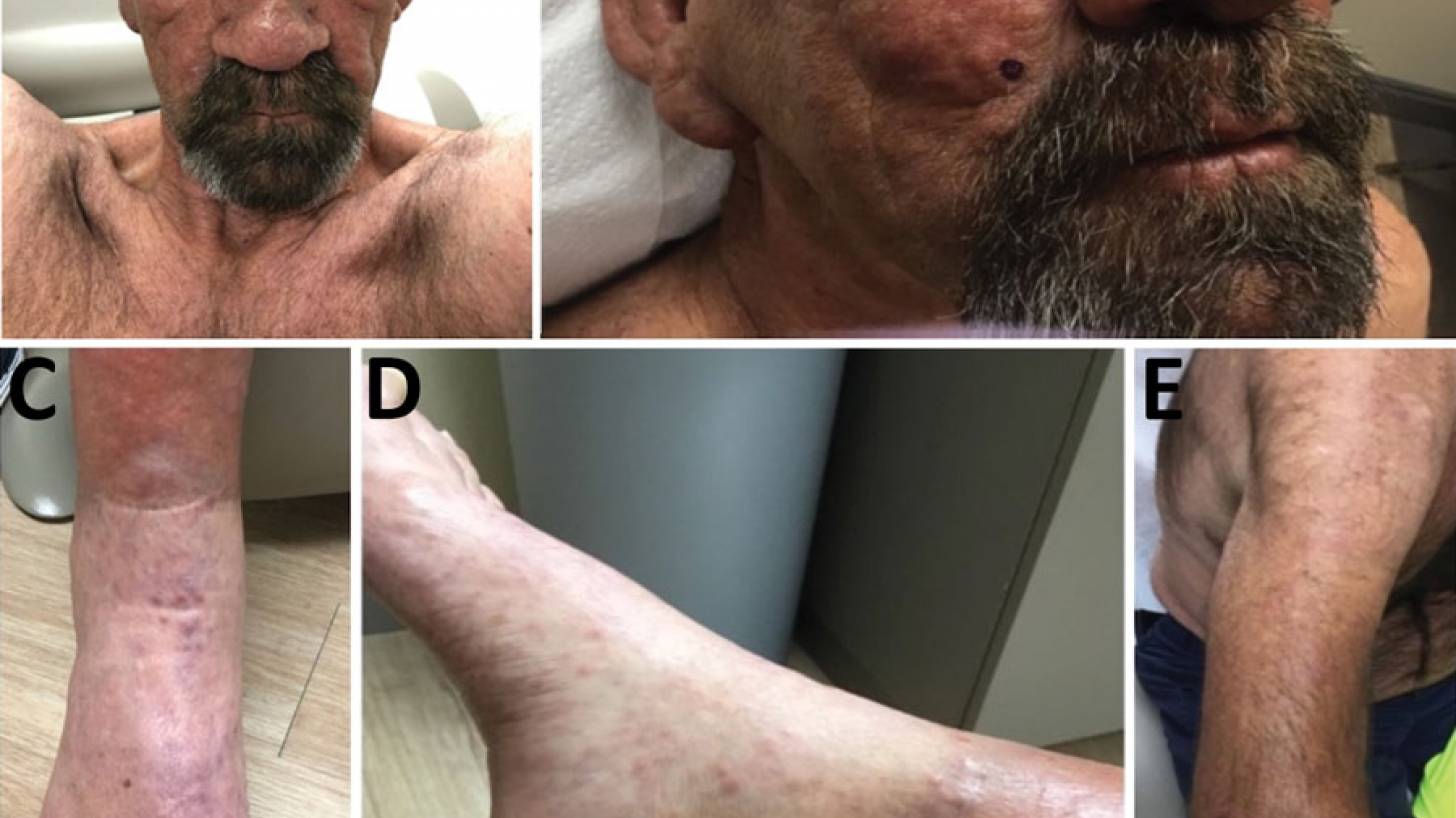20% of Leprosy Cases Confirmed in Central Florida

Over the past few years, leprosy (Hansen’s disease) cases lacking traditional risk factors have increased.
The U.S. Centers for Disease Control and Prevention (CDC) stated as of July 11, 2023, leprosy has been historically uncommon in the United States, as the incidence rate peaked around 1983.
According to an Early Release Research Letter, Volume 29, Number 8, August 2023, there is evidence that leprosy, an age-old disease, has become endemic in the southeastern U.S.
Over the last decade, the number of reported leprosy cases has more than doubled in the southeastern states, especially in central Florida. Hansen’s disease has been reported in Florida since 1921.
According to the National Hansen’s Disease Program, 159 new cases were reported in 2020, with central Florida reporting almost 20% of nationally reported cases.
Recent cases in Florida demonstrate no clear evidence of zoonotic exposure or traditionally known risk factors.
For example, the CDC reported a case of lepromatous leprosy in central Florida in a man without risk factors for known transmission routes.
And the CDC reviewed epidemiologic evidence supporting leprosy as an endemic process in the southeastern U.S. as a high percentage of unrelated leprosy cases in the southern U.S. were found to carry the same unique strain of M. leprae as nine-banded armadillos in the region.
This finding suggests a strong likelihood of zoonotic transmission.
However, Rendini et al. demonstrated that many cases reported in the eastern United States, including central Florida, lacked zoonotic exposure or recent residence outside the United States.
In summary, the CDC says this case adds to the growing body of literature suggesting that central Florida represents an endemic location for leprosy.
And travel to this area, even without other risk factors, should prompt consideration of leprosy in the appropriate clinical context.
By increasing local physician efforts to report the incidence and supporting further research to assess transmission routes, a congruent effort can be made to identify and reduce the spread of the disease.
The World Health Organization previously released the Towards zero leprosy: global leprosy (Hansen’s disease) strategy, 2021–2030.
Leprosy is a tropical disease still occurring in more than 120 countries, with about 200,000 new cases reported yearly. As per data of 2019, Brazil, India, and Indonesia reported more than 10,000 new cases.
It is a chronic infectious disease caused by a type of bacteria, Mycobacterium leprae.
These bacteria grow very slowly, and it may take up to 20 years to develop signs of the infection.
The bacteria attack the nerves, which can become swollen under the skin. This can cause the affected areas to lose sense of touch and pain.
The illness can be cured if treatment with a combination of antibiotics is completed as prescribed. Treatment usually lasts between one to two years.
Note: Leprosy was renamed Hansen’s disease after Norwegian scientist Gerhard Henrik Armauer Hansen.
Our Trust Standards: Medical Advisory Committee




